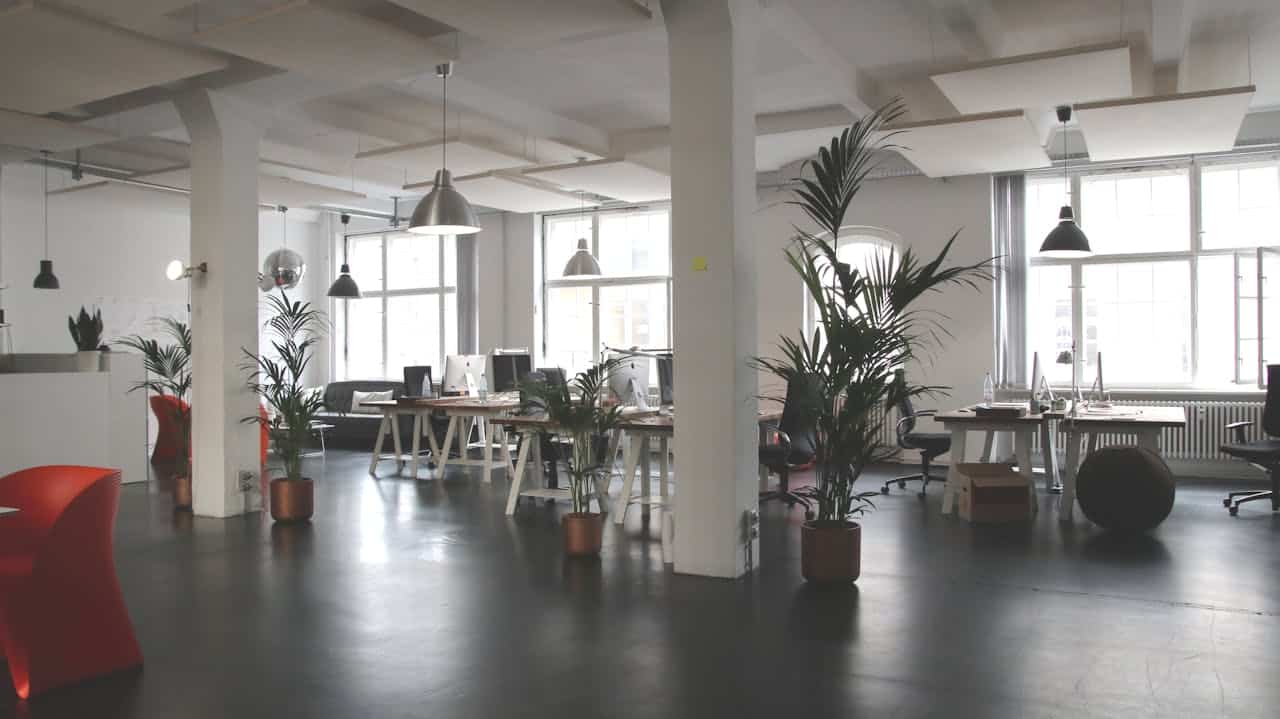
Understanding the critical role of ventilation systems in ensuring indoor air quality is essential. These systems, akin to a building’s lungs, filter out pollutants and supply fresh air, directly impacting our health and well-being. The quality of indoor air can be affected by various factors, including outdoor pollution, emissions from furnishings, and everyday activities. Without proper ventilation, these pollutants can accumulate, leading to health issues such as respiratory problems and allergies.
The efficiency of ventilation systems is closely tied to their upkeep. A system burdened with debris cannot effectively remove contaminants, resulting in poor air quality and increased energy usage. Regular maintenance is vital for these systems to function correctly, underscoring the importance of clean air for productivity, learning, and health in environments where people spend considerable time.
Maintaining clean ventilation systems is not merely a technical necessity; it’s a health imperative. Over time, dust, allergens, and pathogens accumulate within these systems, posing a silent threat to indoor air quality.
1. Removal of Health Hazards: Ventilation systems can harbour a variety of pollutants, including dust mites, pollen, mould spores, and bacteria. These contaminants can exacerbate allergies, asthma, and other respiratory conditions. By ensuring these systems are regularly cleaned, we can significantly reduce the presence of these health hazards in the air we breathe.
2. Enhanced Air Quality: Clean ventilation systems operate more efficiently, effectively circulating and filtering the air. This not only improves the overall air quality but also contributes to a more comfortable and pleasant indoor environment. Fresh air is crucial for cognitive function, helping to improve concentration and productivity in workplaces and educational settings.
3. Energy Efficiency and System Longevity: A clean ventilation system requires less energy to move air through the ducts. This efficiency reduces energy consumption, leading to lower utility bills and a smaller carbon footprint. Furthermore, regular maintenance prevents wear and tear on the system, extending its operational life and saving on costly repairs or replacements in the long run.
4. Prevention of Odours: Accumulated debris and moisture in ventilation systems can lead to musty odours, negatively impacting the ambiance of a space. Regular cleaning helps prevent these odours, ensuring that indoor environments remain fresh and inviting.
In conclusion, the importance of regular ventilation cleaning extends far beyond simple maintenance. It’s a proactive measure that safeguards health, enhances indoor air quality, improves energy efficiency, and contributes to a more pleasant living and working environment. As we navigate through the challenges of maintaining clean ventilation systems, the expertise of professionals becomes invaluable in achieving these goals.
Maintaining clean ventilation systems is crucial for preventing “Sick Building Syndrome” (SBS), where occupants suffer from health issues linked to poor air quality. Addressing the challenges in ventilation maintenance is essential for healthy indoor environments:
1. Complex System Designs: The intricate designs of ventilation systems require professional expertise for effective cleaning, ensuring comprehensive maintenance.
2. Stubborn Contaminants and SBS: Accumulations of mould, bacteria, and dust can contribute to SBS. Professional cleaners apply specialised techniques to remove these pollutants, safeguarding against health risks.
3. Specific Building Needs: Buildings have unique ventilation requirements. Professional services tailor their cleaning methods accordingly, addressing the specific challenges of each environment.
4. Regular Maintenance Schedules: Implementing and adhering to maintenance schedules can be challenging but is vital for preventing SBS. Professional services help maintain consistent cleaning intervals, ensuring air quality.
5. Health and Safety Compliance: Meeting health and safety standards is essential. Professional cleaners stay updated with regulations, employing compliant cleaning practices to protect occupants.
Reducing these challenges through professional cleaning not only mitigates the risk of SBS but also enhances the overall health of indoor spaces. The next section explores how professional techniques and technologies effectively address these challenges, promoting clean and efficient ventilation systems.
Professional fresh air duct cleaning employs advanced techniques and technologies to ensure thorough cleaning and optimal system performance. Here are some streamlined insights into these methods:
1. Robotic Duct Cleaning: Utilising robotic devices equipped with cameras, this method reaches inaccessible areas within ducts, ensuring comprehensive cleaning. The real-time camera feed allows for meticulous inspection and cleaning.
2. HEPA Vacuuming: High-Efficiency Particulate Air (HEPA) vacuums trap 99.97% of particles, effectively removing dust, pollen, and allergens from air ducts. This technique is vital for enhancing indoor air quality.
3. Antimicrobial Treatments: After cleaning, applying antimicrobial treatments prevents mould, bacteria, and virus growth, contributing to a healthier indoor environment. These treatments are used in compliance with safety standards.
4. HVAC Inspections and Maintenance: Including HVAC system inspections identifies issues like leaks or wear, with maintenance tasks like filter replacement improving system longevity and performance.
5. Airflow Testing and Balancing: Ensures even air distribution post-cleaning, crucial for system efficiency and indoor comfort.
These methods combine to improve air quality, system efficiency, and create a healthier indoor space, emphasising the role of professional expertise in ventilation system maintenance.
Ensuring optimal indoor air quality is essential for health and well-being. This journey requires understanding the importance of maintaining clean ventilation systems, recognizing the challenges involved, and utilising professional cleaning techniques. Clean ventilation is key to preventing Sick Building Syndrome, reducing allergens, and providing fresh air, thereby enhancing the quality of life in indoor environments.
Professional maintenance of ventilation systems is crucial. It not only promotes health and comfort but also supports energy efficiency and sustainability. Cleaner systems work more effectively, lower energy costs, and have a reduced environmental footprint. Furthermore, such maintenance prolongs the lifespan of ventilation equipment, offering economic and environmental advantages.
Investing in professional ventilation cleaning is investing in a healthier, sustainable future. It’s an essential aspect of building management that ensures a safe, productive environment. Prioritising regular, professional care for ventilation systems leads to significant benefits for health, well-being, and the planet. Let’s commit to clean air and proactive maintenance for a better indoor living space for all.